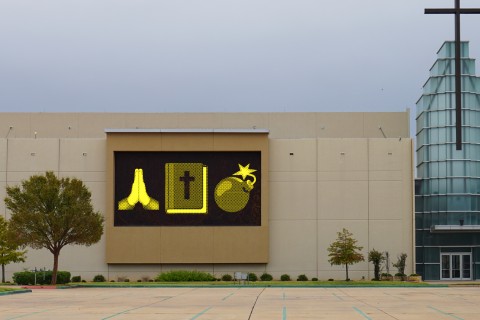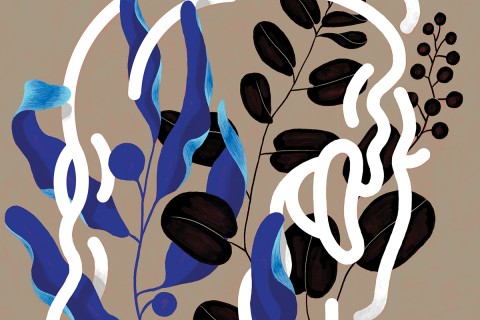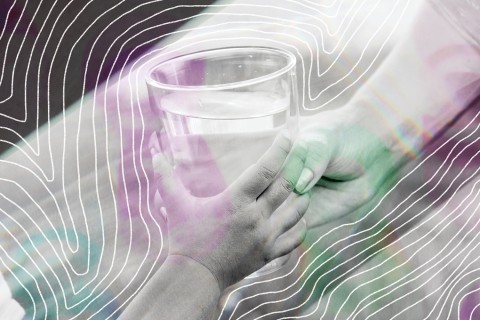A Woman of Salt, by Mary Potter Engel
Midrash refers to the rabbinic tradition of interpretation that explores scripture beyond its literal meanings. The verse by verse interpretations generated by midrashic commentary bind the Talmud, the rabbinic traditions and the Bible into a complex, inexhaustible source of religious significance. Mary Potter Engel takes inspiration from this tradition by relating the fictional events of a woman's life to a contemporary meditation on the meaning of the story of Lot's wife.
In the opening chapter of Engel's novel the protagonist, Ruth VanderZicht, is called to her dying mother's bedside. Subsequent chapters offer episodes from Ruth's life that explain why Ruth is traumatized by this call. These chapters alternate with midrash on Lot's wife. In the biblical story a maternal glance, wrongly directed, results in a terrible consequence. But what other meanings can one find in Genesis 19:1-29? Perhaps the real danger is not in the act of looking back but in being seen by God. As Ruth writes each entry on Lot's wife, she is herself both the mother looking back and the daughter left in Sodom. Lot's wife becomes both Ruth and her mother, women solidified by tears. Gradually the story of Lot's wife merges with Ruth's story, and Ruth steps out to narrate the final section of the novel in the first person.
Ruth has spent her adult life fleeing a strict Dutch Calvinist upbringing, and her mode of flight has been to treat her body as a foreign territory of uncertain welcome. Sometimes she tries to ignore it, and sometimes she abuses it, but rarely does she feel that her spiritual being is at home in her puzzling flesh. Ruth has various experiences that drive her into different postures of body-spirit dysfunction, including failed marriages, abortion and drug abuse and, apparently, achieving a Ph.D. in religion.





